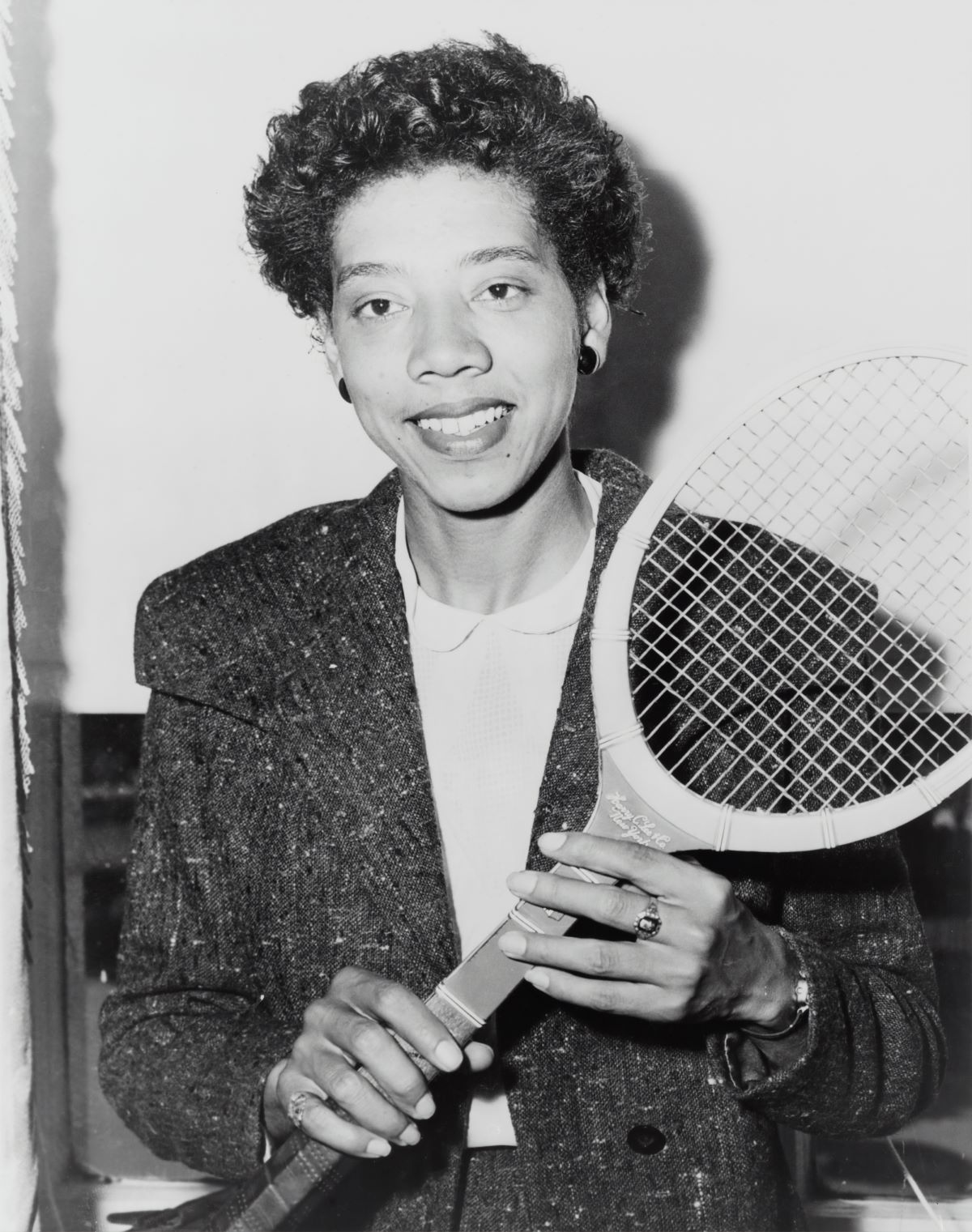
|
Billie Jean King At 12 years old, Billie Jean King set out to be a tennis champion. What inspired her? Watching Althea Gibson in 1956 become the first African American to win the French Open. Billie Jean realized how good she’d have to be and how hard she’d have to work to become number one in the world. But she saw it happen with Althea, and so she knew it was possible. “If you can see it, you can be it,” Billie Jean reflected recently. In 1968, Billie Jean turned pro. During her career, she won 39 Grand Slam titles, making her one of the greatest Grand Slam tennis champions of all time. Catherine O’Hara Skipping college, Catherine followed Gilda to The Second City, a comedy club in Toronto, and became her understudy. When Gilda left for National Lampoon, Catherine took Gilda’s spot, thereby launching her comedy career. “I wouldn’t know anything about acting or improv comedy if I didn’t watch Gilda Radner. I imitated her before I could develop my own characters.” Role Model Mentoring Social cognitive theory states that we look to those we admire and respect to mold our own behaviors and actions. This is mentoring from afar: role model mentoring. Interestingly, modeling and molding are so powerful that personal contact is unnecessary for this social transfer of wisdom. Simply seeing someone thrive provides material for emulation. How do we find more role models to emulate? Deliberately.
At the same time, know that people are emulating you, too! By virtue of your title (ex, manager, mentor, parent), you stand on a pedestal. People then observe you to inform their own actions and behaviors. This makes us each role models, inadvertently mentoring others through our everyday actions… even if we think no one is watching. Yet, role model mentoring bears not a burden but enormous possibility. Wisdom favors the astute. © 2024. Ann Tardy and MentorLead. www.mentorlead.com. All Rights Reserved. ps. Have you registered yet for our 2024-Q4 complimentary webinar? |
